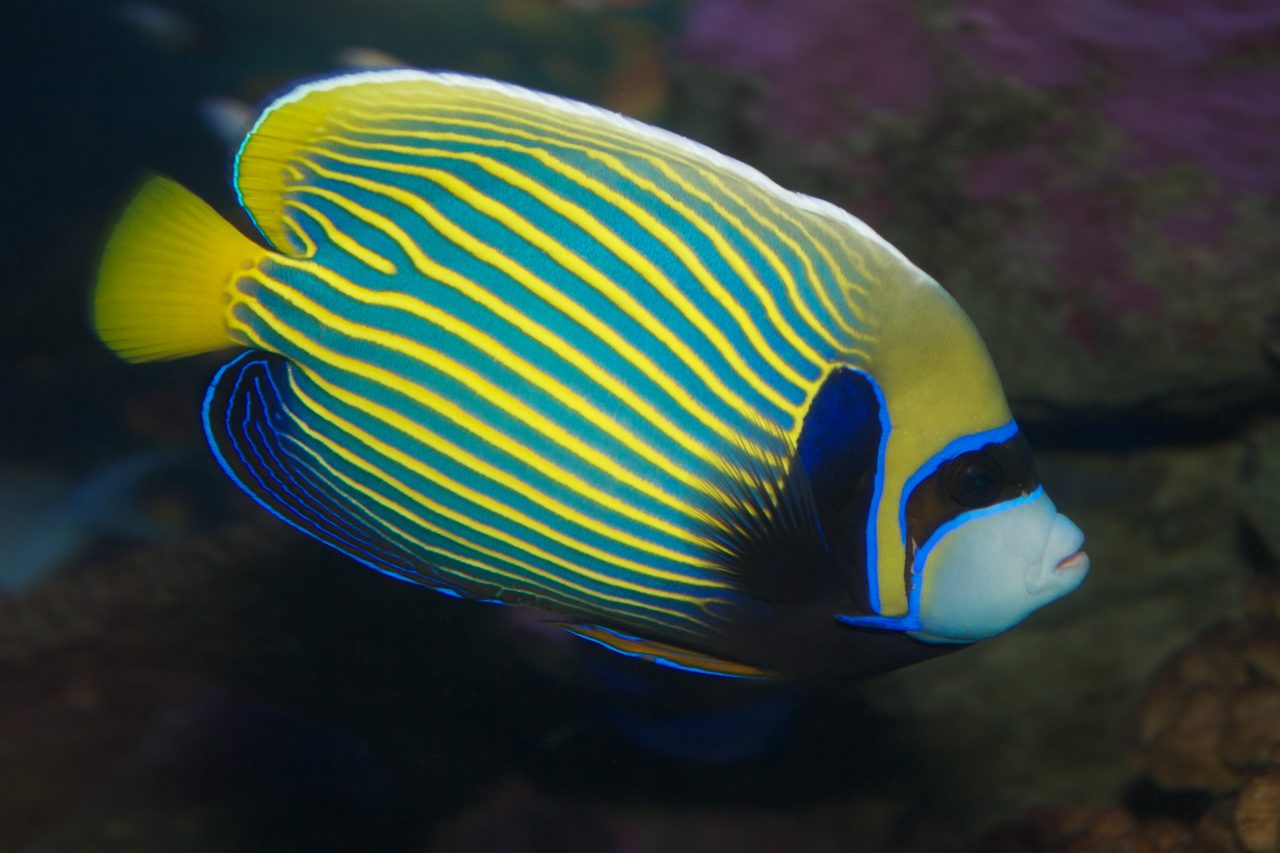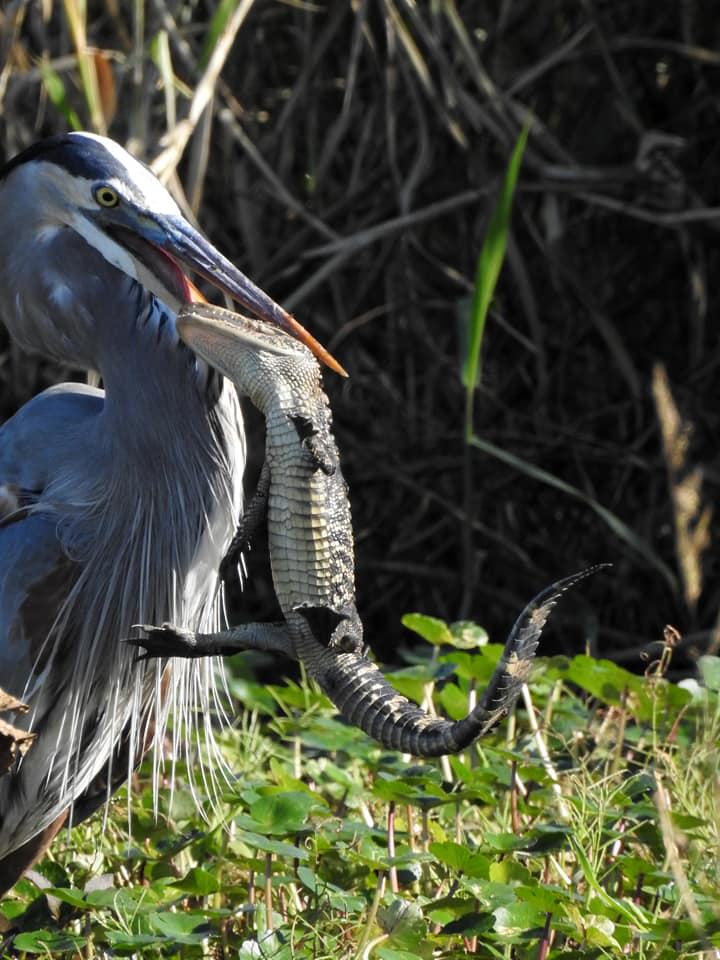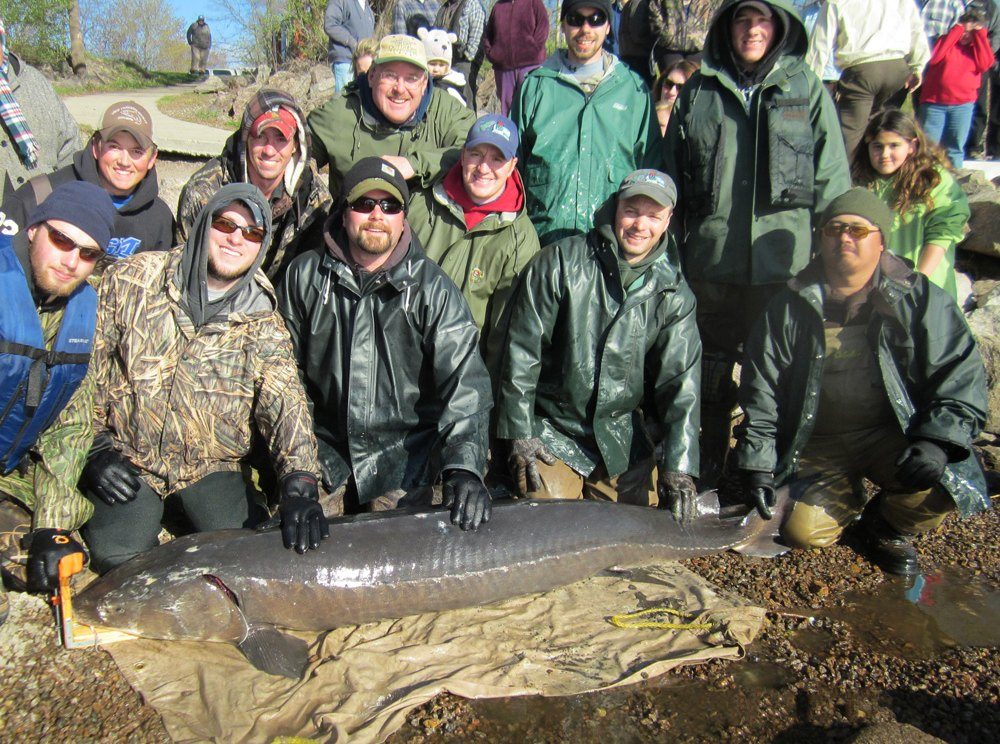From towering sea stacks to endangered penguins, the world’s most interesting beaches offer more than pristine sand and crystalline waters, finds Antonia Windsor.
Reynisfjara Beach, Iceland

Iceland’s Reynisfjara beach under a spectacular winter sunset, near the village Vik. Credit: Alamy
When you first set eyes on Reynisfjara Beach (also known as Black Sand Beach) at Iceland’s southernmost town, Vík í Mýrdal, more commonly known as Vik, you will feel as if you are at the end of the world. Dramatic rock pillars (the Reynisdrangar basalt sea stacks) rise from the sea against the backdrop of bleak, jet-black sand and white sea foam, fierce Atlantic waves and ever-changing light under hexagonal cliffs. As you take in the moody atmosphere, you may imagine you’re in a film set and, indeed, the beach appeared in Game of Thrones.
The sea stacks feature in ancient legends and are home to thousands of seabirds, such as puffins, guillemots and fulmars. However, the beach, which is about 112 miles from the capital, Reykjavik, is not for swimming: the waves here are dangerous. You should keep well away and never turn your back on them.
While you’re in Iceland, incidentally, there’s another equally incredible beach — albeit one which changes with the seasons. Catch them at the right time of year and the ice caves formed where the Breidamerkurjokull glacier meets the sea are truly breathtaking.

Sunrise over Ice caves at the Breidamerkurjokull glacier, part of the Vatnajokull glacier, in the very early hours of the winte day
Tharros Beach, Sardinia, Italy

The view from Torre di San Giovanni of the archaeological site of Tharros, Sardinia, Italy. Credit: Alamy
History lovers will adore beautiful, secluded Tharros Beach, on a narrow spit of land at the Bay of Oristano. Overlooking it are an abundance of ruins and relics, the remains of the Phoenician-Punic and Roman port city of Tharros abandoned in AD1000 and a couple of rebuilt Corinthian columns that appear to make an altar of the sky.
It’s especially lovely to visit during the spring, when you’ll find the grassy banks that line the sand dotted with red poppies and yellow camomile. The western beach is beautiful and uncrowded, albeit windy, and the sea can be rough. The eastern one is more protected from the elements, but gets busier. Among the numerous restaurants nearby, Le Dune is famous for its fish dishes.
Boulders Beach, South Africa

African penguins (Spheniscus demersus) walking towards the shore, Boulders Beach, Cape Town, South Africa. Credit: Alamy
There aren’t many places in the world where you can get up close to endangered African penguins, but on Boulders Beach at False Bay, outside Simon’s Town on the way to Cape Point, you can get within a few feet of them. The white-sand beach is dabbed with smooth granite boulders and is home to a colony of between 2,000 and 3,000 penguins.
Take a dip in the cool, clear water and a little quirky bird might jump in to join you. Boardwalks across the beach lead visitors to the best viewing spots and you can learn more about birds’ lives at the information centre. The R170 conservation fee for international adult visitors means that the beach is seldom crowded.
Playa Escondida, Mexico

The hidden beach in Marietas Islands, Puerto Vallarta, Mexico.
Playa Escondida (Hidden Beach), also known as Playa del Amor (Lover’s Beach), is a beach like no other. Take a walk through the lush green landscape of the uninhabited Marieta islands and you’ll be surprised to find the land suddenly disappears, as if in a scene from a sci-fi film: hidden in the gaping hole is a sandy beach lapped by the waves of the Pacific Ocean, which is thought to have been created by bomb tests carried out by the Mexican government in about 1900.
You won’t be able to access it from above as the drop is too deep, but you can swim or kayak to it from the coast through a 262ft cave. The beach sits within the Islas Marietas National Park, a Biosphere Reserve, and is an hour’s boat ride north-west from Puerto Vallarta on Mexico’s Pacific coast.
Marathonisi, Zakynthos, Greece

Marathonisi Island in Zakynthos (Zante) island, in Greece. Credit: Alamy
The verdant, hilly islet of Marathonisi is also known as Turtle Island; it is a protected breeding area for the endangered loggerhead sea turtles that visit during summer. Otherwise uninhabited, the islet has pine, olive and oak forests and two beaches, one with fine white sand, the other with pebbles and turquoise clear waters to rival the Caribbean. The turtles use the sandy beach every year to dig more than 1,000 nests in which to lay their eggs and visitors must stay within a small section of the beach to avoid disturbing them.
Marathonisi is part of the National Marine Park of Zakynthos and there are boats and boat tours to reach the island or you can hire your own. There’s no guarantee turtles will be present, but you can search for their tracks in the sand or snorkel among the sea caves off the coast. The islet is also home to another species in danger of extinction, the Monachus Monachus sea seal.
Koekohe Beach, New Zealand

The famous Moeraki Boulders at sunrise, Koekohe beach, Otago, South Island, New Zealand. Credit: Alamy
Ancient Moeraki boulders pepper the long, sandy beach at Koekohe, on the Otago coast, on New Zealand’s south island. These huge, spherical rocks appear at low tide and measure almost 10ft across. Many have cracks on the surface, creating a marbled look—you could trick your children into believing they are dinosaur eggs. Maori legend has it that the boulders are the remains of fishing nets or food baskets that washed up from the wreck of the ancient Āraiteuru canoe that brought their ancestors to New Zealand.
More prosaically, they are calcite concretions formed more than 60 million years ago from prehistoric mud. This is an area rich in wildlife, with a seal colony and dolphins that, paired with the boulders, make Koekohe a photographer’s dream.
Fajardo Bay, Puerto Rico

Credit: Alamy
Only five ocean ecosystems in the world have a large enough concentration of dinoflagellate microorganisms that they can create a striking glow-in-the-dark effect—and three of them are in Puerto Rico. One of these bioluminescent bays is at Fajardo, which also has beaches ideal for snorkelling and kayaking. To see the blue-green neon effect, which occurs when the microorganisms are stimulated by movement, you will need to take a walk at night.
The less light there is, the stronger the effect, so it’s best to avoid the full moon. Water temperatures and tides also affect the luminescence, so it’s worth enquiring locally about the best time to visit the beach.
Crinan Ferry Beach, Scotland

Dunure Castle and the beach below. Credit: Alamy
Sheltered, secluded Crinan Ferry Beach is one of the jewels of the Knapdale coast in Argyll. Walk barefoot on the biscuit-coloured sand and enjoy views of 12th-century Duntrune Castle framed against the majestic mountains. The beach is often gloriously empty, as most visitors flock to the pretty Crinan canal basin instead. Lying at the end of a rocky peninsula between Loch Crinan and the estuary of the River Add, it looks out towards the isles of Jura, Scarba and Mull.
The water is shallow and safe for swimming (if a little bracing), so it’s a popular spot for families. Close by is Kilmartin village, with remarkable prehistoric sites, standing stones, rock carvings, stone circles and burial cairns.
Src: countrylife.co.uk





